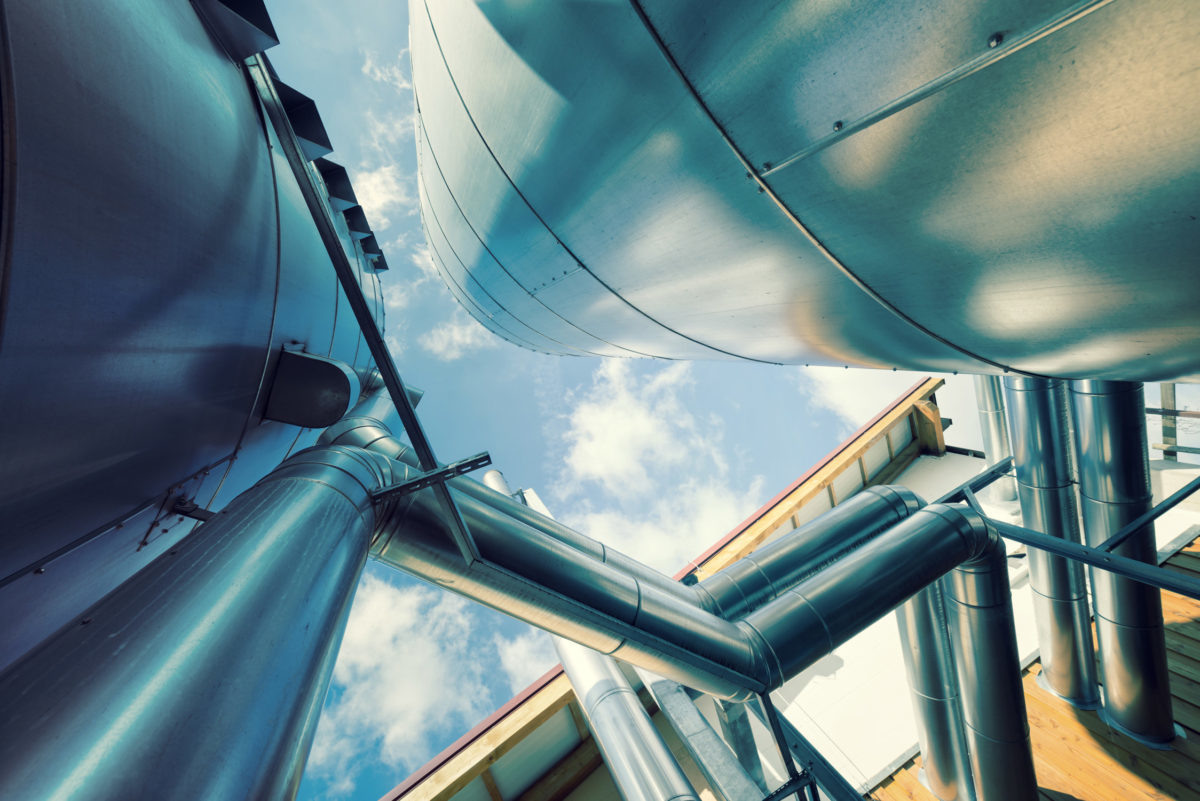Back in February 2020, the traditional coal and gas hub of Gladstone, Queensland, put its hand up to become Australia’s hydrogen mecca. The city was selected to host two ambitious projects – a gigawatt-scale green hydrogen-ammonia installation and a gas injection facility – in order to blend green hydrogen into the city’s natural gas network.
This week, Japan's Sumitomo announced that it has signed a front-end engineering and design contract with JGC Holdings Corp. for a solar-powered green hydrogen production plant in Gladstone. The plant will produce 250-300 tons of hydrogen per year, and could scale up in the future.
It is perhaps not surprising that Sumitomo is turning to green hydrogen, considering the company’s stunning US$250 million loss on its Western Australian Bluewaters coal-fired power station. The loss ensured that 2020 was the company’s worst-ever annual performance.
The 434 MW Bluewaters coal-fired power station is Western Australia’s newest coal power station, completed in 2009 and generates approximately 15% of the state’s energy. Interestingly, it is the state's only privately owned coal-fired power station. According to a report from the Institute for Energy Economics and Financial Analysis (IEEFA), the rapidly accelerating transition to renewables has ensured that Sumitomo is now left holding a stranded asset.
“(We are) making extensive efforts to expand the use of hydrogen energy, which is expected to be an energy source that does not emit CO2, when burned, and ammonia, which is expected to be one of the most promising hydrogen energy carriers in hydrogen transportation, where there are issues from an economic and safety perspective,” said JSC Group. “In addition, we are proposing a hydrogen production system that will produce hydrogen from synthetic gas made from waste plastics, in order to continue to contribute to the realization of a hydrogen society in Japan and abroad.”
Competition from Oman
On the same day that Sumitomo announced its plans in Gladstone, it also announced the commencement of a feasibility study on a gray-green hydrogen hybrid project in Oman.
Sumitomo previously had a memorandum of understanding (MOU) with major Omani oil and gas producer, ARA Petroleum LLC (ARA), and now discussions on the project have commenced with this feasibility study.
Using natural gas to produce gray hydrogen, ARA hopes to commence operations in 2023, with plans to produce 300-400 tons of gray hydrogen annually. The hybrid nature of the project comes with the addition of a 20 MW solar installation to power the site and hydrogen production facilities.
Ad van Wijk, a professor of future energy systems at TU Delft in the Netherlands, told pv magazine that Oman has great hydrogen prospects. “Very good solar resources … they have the industry … that’s the interesting thing, due to the gas and other fossil fuel industries the harbour facilities may not be in place for hydrogen as such, but for ammonia they are in place … they make the hydrogen from natural gas and then make ammonia and ship it,” said Wijk.
Oman already has the industry to service this hydrogen production plant then. At the outset, hydrogen industry has a lot in common with the fossil fuel industry.
“Of course, in a certain sense that (fossil fuel industry) is the enemy,” continued Wijk. “But you could also say this is a lucky circumstance because we don’t have to develop a hydrogen industry from scratch. For example, the solar PV industry had to be developed from scratch because it was not there, but that is not the case with the total supply chain for hydrogen.”
Oman, like Saudi Arabia, will look to provide Australia with stiff competition in the hydrogen economy throughout the Asia-Pacific region. Initially, said Wijk, gray and blue hydrogen will be able to supply the market more easily and cheaply than green hydrogen, however this advantage will probably only last a few years. Eventually, solar and wind will be so cheap that they will beat fossil fuels.
This content is protected by copyright and may not be reused. If you want to cooperate with us and would like to reuse some of our content, please contact: editors@pv-magazine.com.




Indian figures are important . They have massive expansion in place.